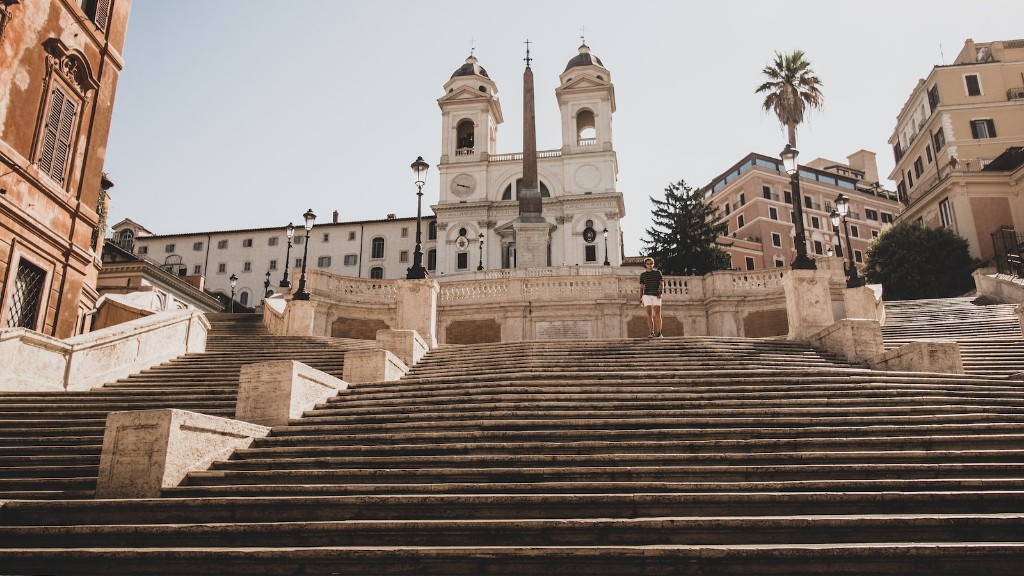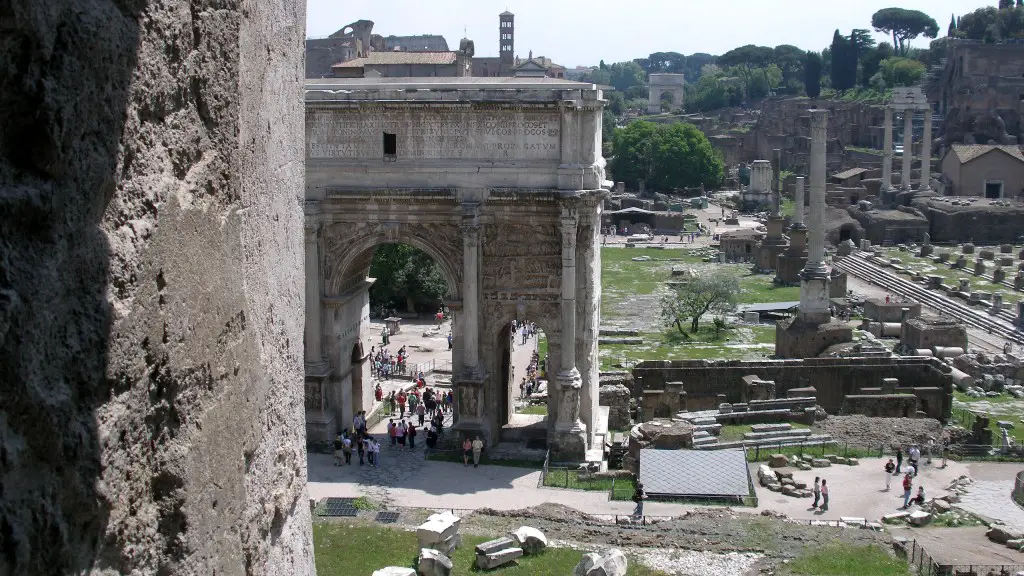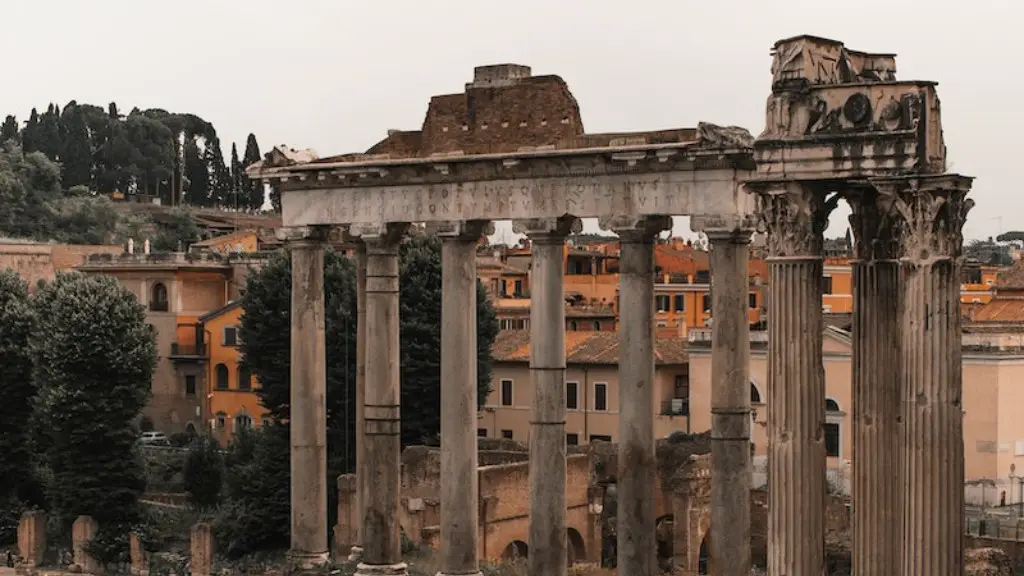Overview of Ancient Rome Currency
The currency of Ancient Rome is an intriguing subject for many. In addition to being impressive in its own right, it is a direct connection to the empire of the past. To this day, currencies from the Roman Empire are some of the most valuable coins in the world. But what was that currency like? What did it look like? How did it work? Here we will explore the currency and coins of Ancient Rome and learn the basics.
The Value of Money
Before talking about Roman currency itself, it is important to understand the concept of money in Ancient Rome. Money was a complex commodity and Roman citizens had to be aware of its value in relation to the goods they were buying and selling. As with any other commodity, the value of money fluctuated. Currency was also introduced to a greater extent, such as bronze coins and copper coins called Sestertii.
The System of Currency
The system of currency was complex and confusing. However, it is currently believed that it revolved around a ‘denarii’ system. There were different denominations of the currency, such as the as, uncia, sestertium, among many others. Each of these could be broken down into smaller denominations, and the value of each would fluctuate based on the material of the coin.
The Appearance of Coins
The coins of Ancient Rome were incredibly detailed and they often featured a variety of images and symbols. The coins were mostly round, but some were square and some were even octagonal. The coins would often feature a bust of the emperor on the front, while the back would feature a symbol, such as a wreath or a ship. It is believed that these symbols were meant to convey a message to the public.
The Development of Currency
The development of currency in Ancient Rome is a complicated story. Initially, the Romans used a mix of bronze coins and copper coins. The coins were minted with the emperor’s head on one face and a symbol on the other. Over time, the Romans began to use silver coins as well and the system became more complex. By the late 4th century AD, the Roman currency system had reached its peak and coins from this era are some of the most collected coins in the world.
The Importance of Currency
The currency of Ancient Rome had a major impact on the empire and its citizens. The coins allowed for easier and more efficient economic transactions and helped to grow the economy. It also connected the citizens of the empire and was a symbol of the prosperity and stability of the Roman Empire.
The Legacy of Ancient Rome Currency
The currency of Ancient Rome is still collected and admired to this day. Collectors around the world prize these coins as they are often incredibly well-preserved and intricate. They provide a fascinating insight into the life and culture of the Roman Empire and allow us to have a better understanding of this important period.
Uses of Roman Currency
The Roman currency was used for a variety of different purposes. Traders used the coins for transactions and citizens used them for everyday purchases. Taxes were also paid using the coins and it was often used to pay soldiers and servants. The coins were also used to pay for celebrations, such as temple festivals and public spectacles.
Counterfeiting of Roman Currency
With the complexity of the Roman currency system, it was not difficult to counterfeit coins. Counterfeiters would often attempt to pass off fake coins as real in order to swindle people out of their money. To combat this, the Romans developed a number of anti-counterfeiting measures, such as using stamps on the coins and introducing measures to prevent the coins from being tampered with.
Conclusion
The currency of Ancient Rome was an important part of life in the empire and had a major impact on its citizens. The coins were intricate and well-crafted, and the system was complex, but it was effective. Today, these coins are still collected and admired, and are a great reminder of the Roman Empire.


